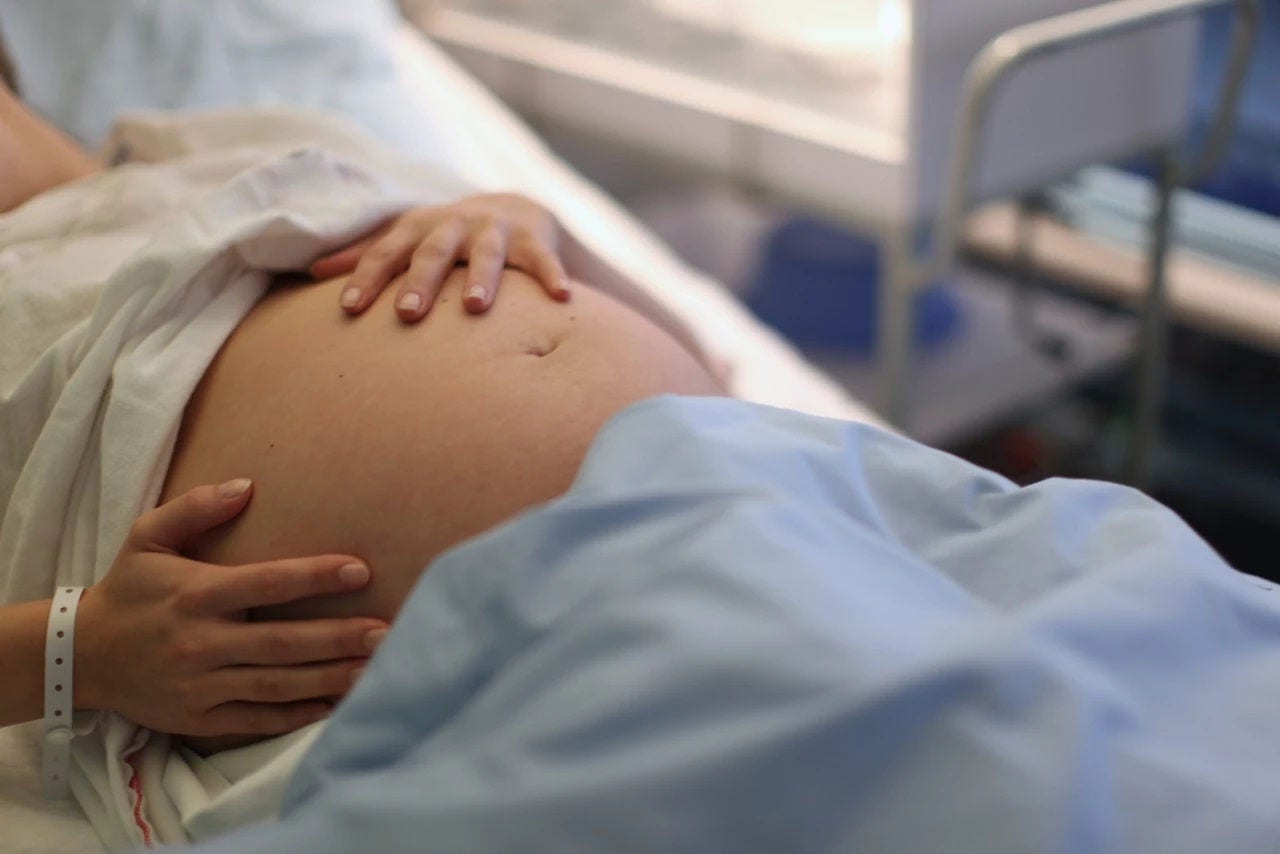Preparing for the birth of your baby is an exciting time. There’s a lot to think about, and your head’s probably swimming with questions. What do you need to pack in your hospital bag? Who will be your birth partner? What are your pain relief options? And of course, how would you like your baby to be born?
You might have a good idea of the kind of birthing experience you’re hoping for. However, as with anything in life, it’s never a bad thing to understand all of the potential possibilities. And when it comes to giving birth, a C-section is one of those possibilities.
In this article, we’ll do our best to tell you everything you need to know about C-section. From an elective C-section and what’s involved, to C-section recovery and those all important do’s and don'ts.














